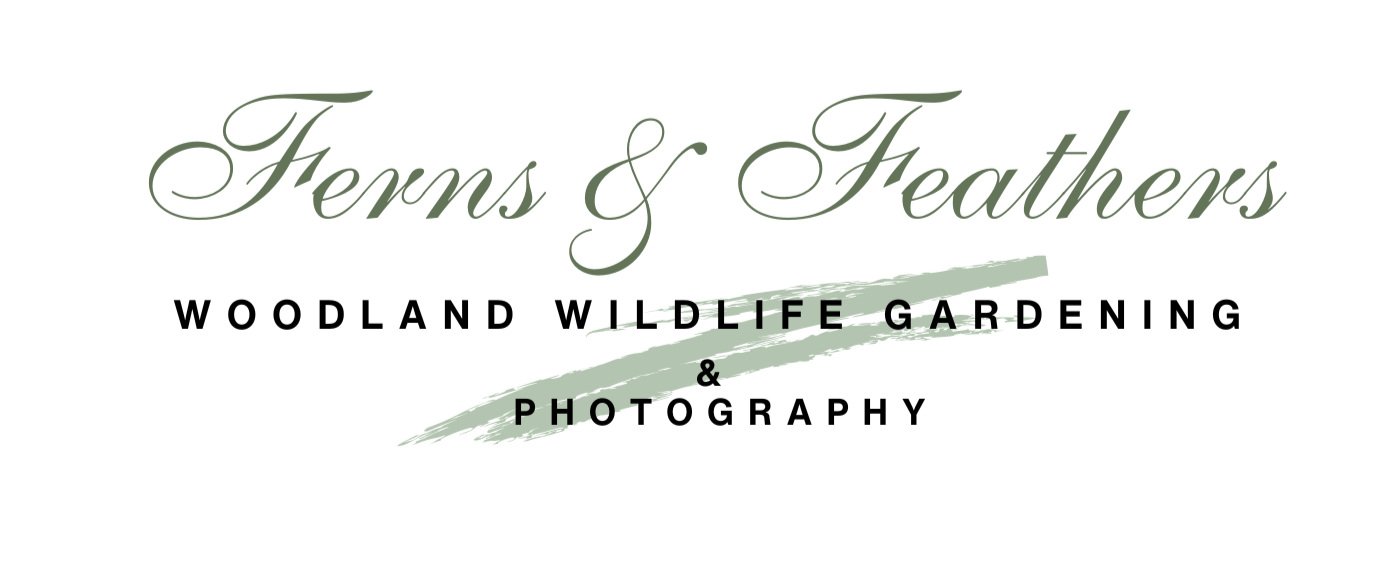Building your garden one native plant at a time
Be part of the solution: Plant a few native plants each year
If 1 million of us each planted just ONE native flower this spring, we would feed half a BILLION pollinators across hundreds of species—bees, butterflies, hummingbirds, and more.
Building a garden does not happen overnight. In fact, some of the best gardens take a lifetime of planning, planting, changing and repositioning.
And, for most of us, that’s the true joy of gardening. Like a living room interior, it works better if it evolves over time. Not only do the conditions in our gardens change as tree canopies grow larger and shade out the areas below, but new opportunities arise when once shady locations are opened up to the sun’s rays after a storm, for example, takes down a tree.
One of the great joys in the garden occurs each spring when we anxiously await the emergence of last season’s new plantings.
Native plants are not only beautiful, they contribute to our gardens in so many ways, from creating diversity in plant life, to bringing in a greater variety of fauna from birds to butterflies.
Last year, a number of new plants as well as existing plants were added to various areas of our garden, and I am so looking forward to their emergence and presence this season after they’ve had an opportunity to get established and put on a full year of growth.
Purple coneflowers, wild columbine, wild geranium and wild ginger are just a few of the native plants we added to the woodland garden last year either as new plants, or by dividing some of the plants already in the garden.
There are probably others that I can’t even remember – just one of the benefits of getting old.
It will be interesting to see how the new plants survived our difficult winter. The high snow provided the needed protection for the newly planted roots, but those same conditions forced our rabbits, deer and smaller critters to nibble on many plants that they have traditionally not touched over a more normal winter. And “nibble” is more of a kind way of saying “attacked.”
I am hoping our wild ginger that I planted last year will begin to get more established this season.
The result, plants that have been set back somewhat and clipped off just as they were beginning to show signs of good growth. I’m hoping the natural pruning will force more growth and result in more bushy plants this year, but that might be a little optimistic.
In any case, much of the spring expectations centres around the new plants and how they will change our landscape this season.
Plan now to add new natives this spring
I can’t imagine a spring without this expectation of great things to come. And, that’s why it’s important to begin planning now to add new native plants to the garden this spring and summer so that next year you will be able to experience that same anticipation.
In our garden, I’m planning to add a few favourites to various areas of the garden.
A Native gardening gem
A Garden For The Rusty-Patched Bumbbee is a must-have book for any native gardener looking for detailed information on individual native plants.
My first stop is an outstanding garden book and plant encyclopedia of native plants written by native plant experts Lorraine Johnson and Sheila Colla with excellent illustrations from Ann Sanderson. Although “A Garden For The Rusty-Patched Bumblebee, Creating habitat for Native Pollinators” is focused on Ontario and the Great Lakes, it is a wealth of information for any gardener looking for information on native plants in this general area, whether in Ontario or in the surrounding areas including the eastern United States Great Lakes area. If you want more information on this outstanding native plant book, read my full review here.
Wild Columbine
Wild Columbine should make a strong appearance in our garden after adding additional plants last year.
Just be sure to try and purchase your plants or seeds from a reputable seller as close to where you garden as possible. This helps to ensure you get hardy plants that are proven for your specific region.
I try to purchase most of my native plants from Ontario Native Plants. (link to my earlier post on this mail order company)
So what are my planned new native plants for this season?
Here are three that I hope to add to our woodland garden.
Meadow Sundrops. Image courtesy of Wikipedia.
Meadow Sundrops (Oenothera pilosella): These yellow-flowered Carolinian-zone plants, not unlike evening primrose, are easy-to-grow yet versatile plants that according to the authors of A Garden ForThe Rusty-Patched Bumblebee, needs to be grown in more gardens. They provide the following description: The clusters of large (in relation to the overall size of the plant) fragrant flowers are a lemon yellow that glows, and the flowers have lines that serve as nectar guides. Bees, flies, butterflies and skippers all visit the blooms, which provide nectar and pollen.”
That sounds perfect to me. But that’s not all, authors Johnson and Colla report in the book that the foliage is often reddish, and the plants tolerate both dry soil and moist conditions. They do well in rain gardens and readily spread creating colonies.
The plants reach a height of 45-60 cm (17-23 inches) and the yellow flowers bloom late spring to early summer. They prefer lots of sun and will attract pollen specialist native bees, are larval hosts for primrose, pearly wood-nymph, grape leaffolder, white-lined sphinx, Nessus sphinx, gallium sphinx, red-streaked mompha and others. For more information, check out the Wikipedia page here.
Ontario Native Plants website showing the beautiful Spotted Beebalm (monarda punctuate).
Spotted Bee Balm (Monarda punctata): I planted spotted bee balm a few years back but for some reason it never took. Its interesting yellow and purple flowers are just too much to resist so I’m planning to take another shot at it this year. Our other bee balm and monarda plants are doing well in the garden, so I’m sure I can get this established with a little more care this time around.
Spotted bee balm blooms mid-summer, likes a sunny exposure in dry to average soil. Its impressive flower clusters appear in tiered whorls that grow up the central stem. Add to its attractive appearance, the fact it is a Carolinian zone perennial that appears to “glow with a silvery Sheen from the prominent silvery bracts. it is short-lived but if you plant it in an area it likes, it will self-seed. Expect native bees, wasps and beetles to be regular visitors.
I like bees, especially native ones. Check out my earlier post here on native bees.
Wild Lupin as seen on Ontario Native Plants’ website. Don’t mistake the common lupin hybrids with this native variety.
Wild Lupine (Lupnus perennis): Don’t mistake this Lupine for the wildly-coloured hybrids that grow all over the Atlantic region. These are not vibrant multi-colour lupines that, quite frankly, can look spectacular in a large drift. These are spectacular in their own right, but no-where near as showy as their hybrid cousins.
What makes these special is that they have specialist relationships with native bees and even more importantly are a larval host for the (extirpated) Karner blue butterfly, as well as the eastern tailed blue, wild indigo, duskywing, Perseus duskywing, frosted elfin, orange sulphur, clouded sulpher, painted lady, grey hairstreak and silvery blue butterflies, clover looper, phyllira tiger, Bella and sweet clover root borer moths. (Don’t ask me about all these butterflies. I got the information from, once again, the incredible encylopedic information in A Garden For The Rusty-Patched Bumblebee. (if you don’t already have this book, do yourself a favour and pick it up.)
So, wild Lupine sports lovely blue flowers, grows from 30-60 cm (12-23 inches)in height with late spring to early summer flowers and like sun to partial sun.
Again, from the authors of A Garden For The Rusty Patched…. “This carolinian perennial is gorgeous in all its stages; the glowing green of its palmate leaves, the beautiful blue of its pea-like flowers in late spring and early summer and decorative, dried seed pods.”
It does best in sandy soil, has a deep tap root and requires a specific inoculation in the soil, which native plant nurseries ensure is present when cultivating this plant.
A wrap: Let’s talk again next year
There you have it. Three new plants that I hope to get in the ground this season. There’s a good chance I’ll not get much enjoyment out of these plants this season, but we’ll certainly have something to talk about next year.
Remember, a native woodland garden is not something built in a day, week even in a season. It takes time, patience and a whole lot of persistance.
Let’s talk about this again next year.









